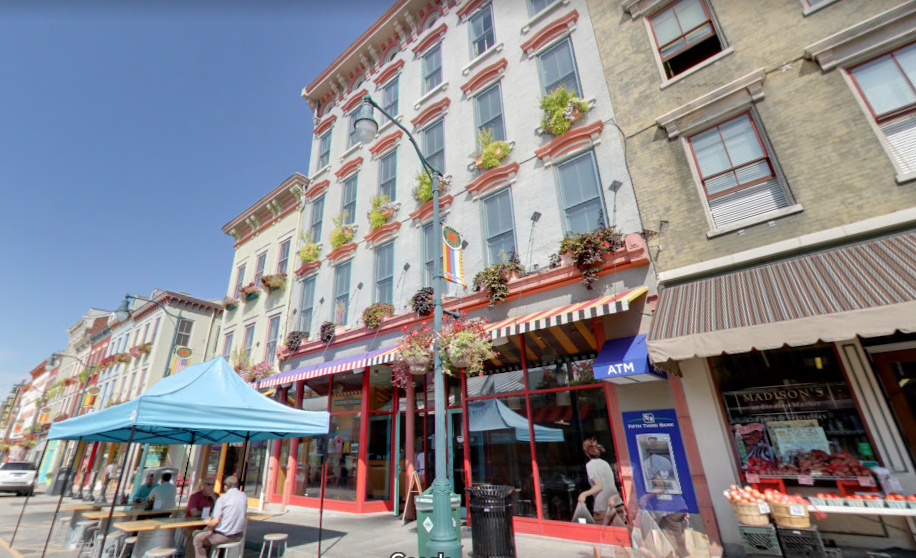CINCINNATI — Some of Cincinnati's most historic buildings will be getting a face-lift with a little extra help from tax credits for rehabilitation announced by Gov. Mike DeWine on Wednesday.
In total, the Ohio Department of Development is awarding $39,874,792 in tax credits across projects in 16 Ohio counties — six of which are in Hamilton County.
The credits are part of the Ohio Historic Preservation Tax Credit Program and will help developers rehabilitate historic — often vacant — buildings to hopefully further economic investment.
"Preserving historic buildings is one tool we can use to build vibrant downtowns and create opportunity on our main streets throughout the state," Gov. DeWine said. "These projects are just one piece of the larger picture to transform our communities and create even more exceptional places to live and visit."
The developers will not receive the tax credit until the development is completed.
Here are the historic buildings that will be rehabilitated in Cincinnati:
201-203 Henry St. / 1925-1927 Elm St.
Located directly across the street from Rhinegeist Brewery, this development project will hold 14 one-bedroom apartments in the building, which has sat vacant for more than 10 years — and was originally constructed in 1854.
The development will cost roughly $2,732,124 and was granted a $249,999 tax credit. The project will also include a new construction component on the originally mixed-use building.

205-207 Henry St.
This building served as both residential and commercial space for over 150 years, but it has recently sat vacant. The building — which is also near Rhinegeist Brewery and Findlay Market — will have six apartments as well as a new construction component after rehabilitation.
Historic elements of the building were stripped in 1970s, but this new development aims to retain its remaining features. The overall project will cost $2,524,570 and it also received a $249,999 tax credit.

1007 Dayton St.
Located in Cincinnati's Dayton Historic District, this project will cost $1,526,299 and received a $250,000 tax credit. When complete, the project — which includes two adjacent buildings — will house a coffee shop in its commercial space, and nine apartments will be within the building.
The building has been vacant for years since its commercial and residential uses in 1860. The new development intends to repair and retain its historic features, including wood trim, mantels and pressed metal ceilings.

Findlay Exchange (112-116 W Elder St. / 1829 Logan Street)
A massive project encompassing not one, not two, but three buildings near Findlay Market will allow for 48 new apartments and three ground-floor commercial spaces. The development is part of a larger effort from its developer to enhance and revitalize the area surrounding Findlay Market, and will cost $15,284,523. It received a $1.2 million tax credit from the tax credit program.
During development, historic features such as cast-iron storefronts and comices will be retained on the buildings' exteriors.



Ophthalmic Hospital (208-214 W 12 St. / 216 W 12 St. / 218 W 12 St.)
Bordering OTR and West End, this development will see the historic hospital, an adjacent apartment building and another residential building built in 1870 — all of which were converted into apartments in the 1970s — rehabbed into a both a residential and commercial space.
Costing $12,506,218, the project will see 29 apartments built with a bar/restaurant located on the ground floor. The development, which is just west of Washington Park, received a $1,244,400 tax credit.

Robert Mitchell Furniture Company (612-628 Race St.)
Having a long life of renovations, these Central Business District buildings are getting another round of construction. In the 1950s, the historic buildings were concealed with brick to modernize the original facades from the 1870s and 1880s. With this $14,354,608 development, the brick will be removed and the original facades will be restored with new windows.
Inside, 35 new apartments will be available, and three commercial spaces will line the street on the ground floor. The project received a $1,421,248 tax credit.





